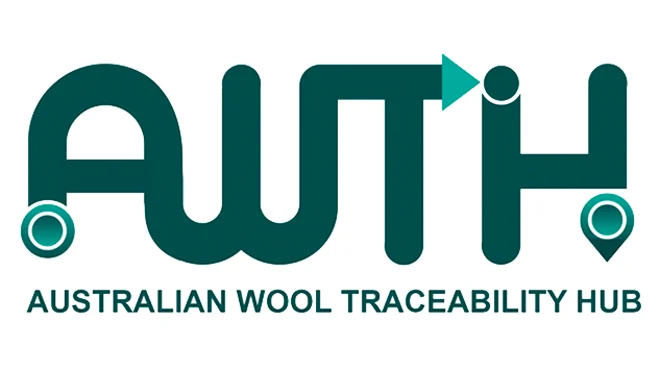 AUSTRALIA’S wool traceability capability needs to be fast-tracked to boost the industry’s credibility among buyers, according to broking and exporter leaders who attended the recent International Wool Textile Organisation’s Congress in France.
AUSTRALIA’S wool traceability capability needs to be fast-tracked to boost the industry’s credibility among buyers, according to broking and exporter leaders who attended the recent International Wool Textile Organisation’s Congress in France.
The congress approved Australia or any country making Property Identification Code declaration mandatory on wool testing certificates to boost traceability.
But National Council of Wool Selling Brokers of Australia president Rowan Woods and executive director Robert Herrmann said the industry now needed to fast-track the use of electronically-tagged wool bales, fully adopt the use of WoolClip with e-Specis, and focus on rolling out the Australian Wool Traceability Hub through the Australian Wool Testing Authority.
Mr Herrmann and Mr Woods said Australian wool industry representatives at the congress were told in a meeting of the China Australia Joint Working Group that Australia ranked behind other countries on traceability, sustainability and other issues.
“We’ve heard the South Africans are better, the New Zealanders are better, everyone is better than us, on traceability and sustainability, on everything.
“The Chinese told us in a meeting that they prefer to buy South African wool over Australian wool because of its traceability credentials,” he said.
Mr Woods said the several of the big Chinese mills, including the Nanjing Wool Market, have representatives on the working group.
“They are all saying the same thing; they want traceability and South Africa is doing it better than us.”
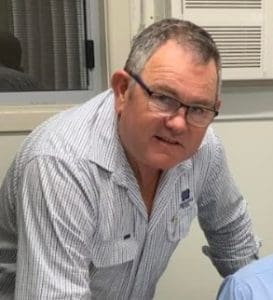
NCWSBA president Rowan Woods.
Mr Woods said Australia is the world’s largest producer of quality apparel wool — “the tall poppy that everyone wants to knock off” — but is not perceived as the pacesetter in traceability.
“Australia is till the only place in the world that can grow enough volume of apparel wool, but we are resting on our laurels; we think that the quality reputation we have earned in the past can carry us forward into the future and it simply won’t.
“We’ve got to rebuild it.”
Mr Herrmann said the traceability comparison is not a statement about any animal welfare differences between the countries, but New Zealand and South Africa are spruiking their traceability credentials.
New Zealand is promoting its NZ Farm Assurance Programme, that ensures wool is from sheep raised under the five freedoms with mulesing not allowed, and most wool in South Africa is sold with Responsible Wool Standard certification, that also disallows wool from mulesed sheep.
“South Africa and New Zealand are just better at telling their story than we are,” Mr Herrmann said.
Mr Woods said Australian industry had a range of traceability tools at its disposal, but is not fully utilizing them, and the hub is ready but needs all brokers to get on board.
“If we don’t get on board with traceability, it’s going to be a long way back.
“The message was loud and clear here (at the IWTO Congress) that if we don’t adopt a traceability mentality we will be left further behind,” he said.
“We’re being overlooked; the Chinese more than a year ago were stopping wool imports from South Africa because of Foot and Mouth Disease, now they are telling us they prefer to have South African wool because it’s traceable,” he said.
A wake-up call for Australia at the IWTO Congress
Mr Herrmann said this revelation was “a real shock” and a “wake-up call” to the Australian trade representatives in the working party meeting.
“And the Italians are even stronger on traceability; they are desperate for it, and they want it to include all the on-farm sustainability aspects, which is what the traceability hub will be able to provide.”
This meant that despite Australia’s wool quality and clip preparation, Chinese buyers prefer to buy South African wool first and then top up with suitable Australian wool, he said.
“The South Africans in their presentations are starting to suggest that their quality is now going to be better than ours,” Mr Woods said.
“So if you had ever needed a motivator for the Australian wool grower, our reputation is under severe threat and we are resting on our laurels.”
Similar to the Australian grower experience, Mr Woods said the South African and NZ wool growers were also not making any money at current prices.
“But they are not taking a ‘woe is me attitude’, they are taking an attitude of ‘ok, this our chance, we’ve got to get our house in order and make ourselves more appealing than someone else’, and they’re doing it.”
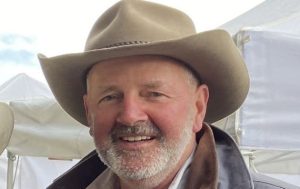
Robert Herrmann
Mr Herrmann said the market difficulties were illustrated by the Falkland Islands growers, who sell their wool by private treaty after shearing in February, but currently have only sold about 28 percent of the clip. The clip’s pricing is set on the Australian market indicators, but “no one will buy it,” he said.
“They told us they had the whitest wool in the world – 19-23 micron — it’s good wool, all Australian genetics, CentrePlus, Mumblebone and Anderson genetics.”
Mr Herrmann said the Chinese showed data that indicated they were selling Merino tops at a loss – up to 5pc-plus – due to poor global demand.
Mr Woods said depth of wool quality no longer guarantees marketability, but Mr Herrmann said if the industry focused on using its traceability tools and told its story “we can get there.”
“There is a lot to be told that’s positive.
“Australia has most of the best wool in the world and all we need to do is get our traceability and sustainability credentials on track.”
Mr Herrmann said global demand for wool will turn around.
“But where is that supply going to come from if we can’t convince wool growers to hang in there and get their act together now?
“If we just keep losing wool growers we are going to get to the point when it does turn around there will be a serious shortage of wool.”
The broker representatives said the Chinese processors told the congress they had invested heavily in upgrading equipment.
“So they are showing their hand by saying we’re looking forward to the future and making improvements and upgrades, even in the face of low supply,” Mr Woods said.
He said the Australian Wool Traceability Hub is now well through its first testing phase, but just needs brokers to get on board and utilise the tools.
“Everyone has got to get on board with that.
“If everyone tomorrow started using WoolClip and the e-Speci with RFID bales more than half our traceability problems are fixed and when it all links into the hub, we are going to make South Africa and New Zealand look second rate,” Mr Woods said.
“We’ve got all the tools to make every other traceability program look second rate if we adopt them.”
‘We are falling behind’ – Lamb
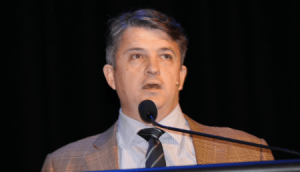
ACWEP president Josh Lamb
Australian Council of Wool Exporters and Processors president Josh Lamb said improving the industry’s traceability credentials included getting the hub running, and uptake of WoolClip, the e-Speci and RFID bales.
“There is a mulesing element to it too, in that South Africa is 100pc non-mulesed and we’re not, there is a market issue around that.
“But the bigger picture is it is important for growers to know it’s not about that quality of wool they grow, it is about other things,” he said.
“It’s about leveraging all those tools that are available to us to put us in front of the other wool-producing nations, instead of playing catch-up.”
Mr Lamb was not prepared to suggest that all Australian wool growers should stop mulesing.
“We’ve got to do something, even if it is mandating pain relief; we’ve got to to something to start changing the perception internationally of what the industry does here.
“We know that Australian wool growers care for their animals more than the outside world will ever realise, but mulesing is a market access issue,” he said.
“Will we ever get to that stage, no, but we need to be trying harder to go in that direction.”
Mr Lamb said Australian was definitely regarded as lagging behind New Zealand on traceability and daily market reports showed that South African wool now sells at a premium to Australian wool of similar specification although only at a few percent.
“But the point is it is still a premium and yet we are the main apparel wool growing nation in the world.
“The price in the market should be an Australian wool,” he said.
“China are talking about it now, where they never have before and the Europeans have been talking about this for 3-4 years — we are falling behind.”
Up to today, 33 or 63pc of Australia’s wool brokers and 13 or 24pc of exporters have ‘onboarded’ with the Australian Wool Traceability Hub, with more subscriptions under consideration. AWEX was asked for uptake statistics for WoolClip and e-Bales, and will provide them next week.
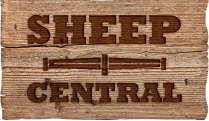
HAVE YOUR SAY